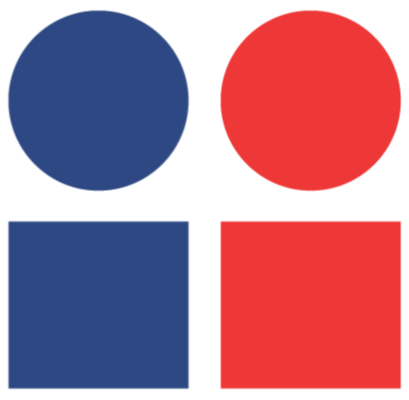Learning Online: The Versatility of Opportunities Across Generations
January 29, 2024From Kids to Seniors, Embracing the Benefits of Digital Education
Continue reading

YouLearnt Blog
April 23, 2024

From Kids to Seniors, Embracing the Benefits of Digital Education
Continue readingA glimpse to how gamification improves learning process: importance and advantages
Continue reading5 Powerful Benefits of Micro-learning for Engaging and Effective Online Education
Continue readingThe influence of technology on the educational landscape for young children by examining the positive effects and the potential drawbacks
Continue readingSimple, realistic strategies for healthy screen habits.
Continue readingStrategies to improve teamwork and reduce group stress.
Continue readingHow understanding yourself builds resilience.
Continue readingHow play builds essential skills for early childhood learning and development
Continue reading